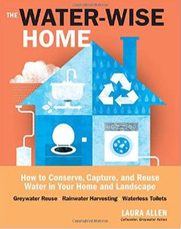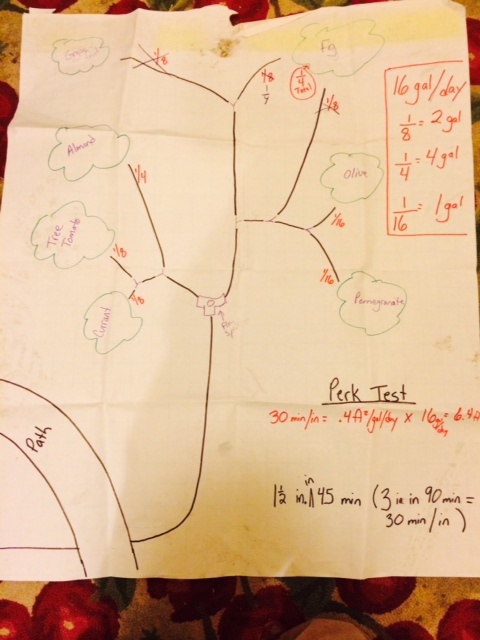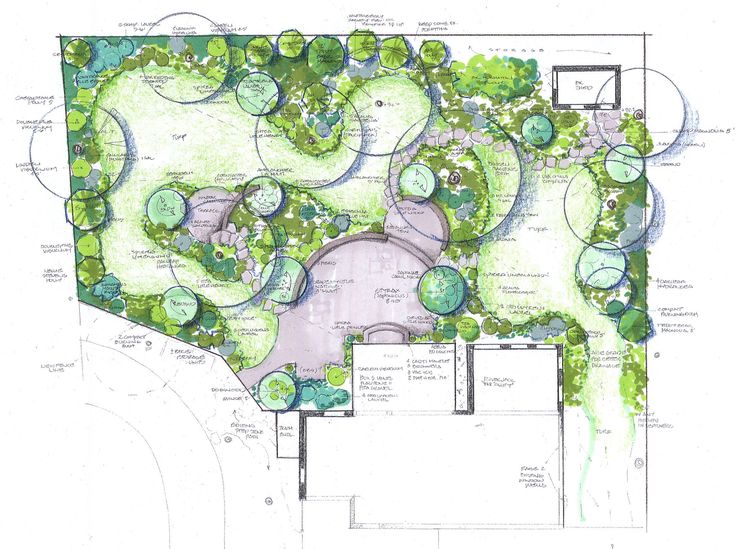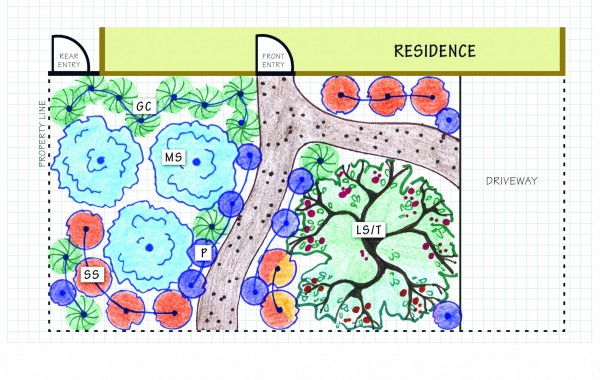Water-Wise Home
|
Water is a precious resource. Our awareness of its importance is often undervalued since it's so easy to turn on the tap from multiple places in your home and get safe water to drink. Now that we are going into another year of extreme drought people are having to pay attention to how much water they use. Mandatory reductions of 25% in usage are becoming more common. Help your family do it's part to reduce water municipal water usage.
Your task Devise a plan to reduce your family's use of municipal water usage and implement the plan. You'll create a:
Here is a link to the project description. |
Get Baseline Data
1. get a water bill - from your parents/guardian OR
2. use the on-line water calculator
Short Term Plan
Here is a support page to help your organize your plan. Key is to focus on data!
1. List all of the ways you and your family use water.
2. Determine how you are going to reduce your bill by 25%. Pick THREE uses of water and how you are going to reduce them by 25%. Use math to justify your work. Ex. I flush the toilet 4 times a day. I will flush it one less time. 1/4 = 25% less. You could figure out how many minutes you are in the shower, how much water flows per minute and how much you need to shorten the shower time to save 25%.
3. Make a list of suggestions of how your family can reduce their usage. You can also include things that your family is already doing to conserve water. Focus on supporting your strategies with data including how many gallons and what percent of water you are conserving for that particular activity.
Include:
1. get a water bill - from your parents/guardian OR
2. use the on-line water calculator
Short Term Plan
Here is a support page to help your organize your plan. Key is to focus on data!
1. List all of the ways you and your family use water.
2. Determine how you are going to reduce your bill by 25%. Pick THREE uses of water and how you are going to reduce them by 25%. Use math to justify your work. Ex. I flush the toilet 4 times a day. I will flush it one less time. 1/4 = 25% less. You could figure out how many minutes you are in the shower, how much water flows per minute and how much you need to shorten the shower time to save 25%.
3. Make a list of suggestions of how your family can reduce their usage. You can also include things that your family is already doing to conserve water. Focus on supporting your strategies with data including how many gallons and what percent of water you are conserving for that particular activity.
Include:
- Gallons/day - from your bill OR water calculator
- Number of people in your household
- Gallons/person/day
- What would the gallons/person/day be with a 25% reduction?
- List some strategies on how to reduce water. NOTE: If your family is already water conservation rock stars, then you can focus on what your family already does! :) The key is to focus on data! Support your strategies with data. How much are you saving in gallons and as a percent of your current use for that activity?
Long Term Plan
Measurements at Marin Map!
|
Option 1: Rainwater Catchment
Math requirement: This requires calculating the area of an irregular shape (your roof) and the volume of a cylinder. Here is a support page for the Rainwater Catchment Option. Here is a sheet on that goes into more details on how to do rainwater calculations. Include:
|
|
Option 2: Greywater - Laundry to Landscape (L2L)
|
|
Math requirement: Adding and multiplying fractions.
Basic information about Laundry to Landscape (L2L) systems:
Here is the project support page.
|
Option 3: Rain Garden
|
|
|
Water Use it Wisely - tips and usage information





